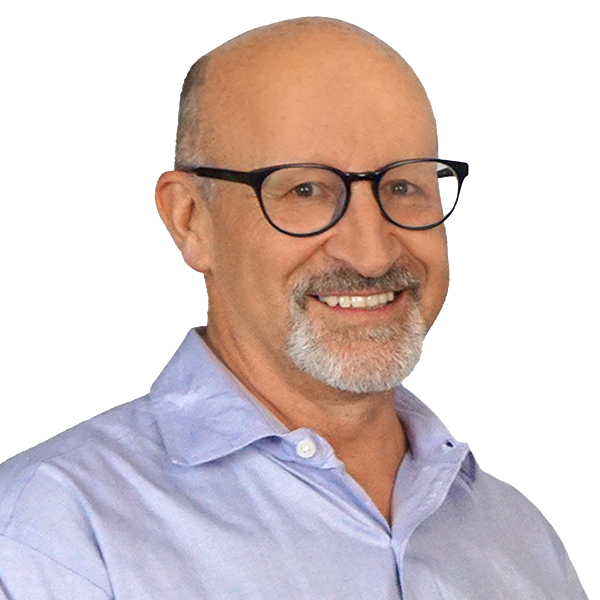You have /5 articles left.
Sign up for a free account or log in.
Most of the reaction to Harvard University's announcement last month that it would provide more generous financial aid practices for students from families with incomes up to $180,000 has focused on the potential negative impact on the elite private colleges and public flagship universities that compete directly with Harvard for students. Harvard's gambit, the thinking goes, will put great pressure on them to dig into their own hefty endowments to match -- or at least mimic -- Harvard's approach.
Very few of the mostly small, private liberal arts colleges that belong to the Council of Independent Colleges go head to head with Harvard for students, at least to a significant degree. But as the group held its annual Presidents Institute in Marco Island, Fla., this weekend, participants at a hastily arranged session on the new financial aid programs adopted by elite colleges expressed a wide range of opinions, ideas and – yes – fears about how the approach taken by Harvard and others might reshape the financial aid and admissions landscape in higher education.
The assessment of the impact on small, independent colleges was not upbeat. And fans of Harvard’s approach were, it is safe to say, hard to find.
C. Brent DeVore, president of Otterbein College and the session’s moderator, briefly and cogently laid out the financial aid picture leading up to and including Harvard’s announcement. He described how many small private colleges turned to financial aid based on students’ academic or other merit (as opposed to purely financial need) to compete for students’ attention, both against the prestige advantage of the elite colleges and the price advantage of most public colleges. That trend was exacerbated as states, particularly in the South, embraced lottery-driven scholarships that in some places have made an education at a public university virtually free.
As parents’ have become increasingly accustomed to such tuition breaks, merit-based aid has often been replaced by “want-based” aid, “demand-based” aid, and “match the scholarship down the street” based aid, DeVore said, to knowing nods from the presidents in the room.
While Harvard's plan would make college free for needy students and those from families with income of up to $60,000, it would also take the awarding of merit-based aid to an entirely new level, DeVore said, by eliminating loans from all financial aid packages, dropping home equity from calculations of family wealth, and redefining the “middle class” by promising that families with incomes up to $180,000 will pay no more than 10 percent of their income a year to send their children to Harvard.
DeVore posited that Harvard’s approach would have the most impact on those colleges that “are within the magnetic draw of the students of some of the institutions that compete directly with Harvard -- other Ivy League institutions, other elite privates like Amherst and Stanford, and highly selective public universities like Michigan and Virginia. “But what affect will it have on our own institutions?” he asked the assembled.
Frank Lazarus, president of the University of Dallas, said he did not think Harvard’s move would have the kind of radical impact on the financial aid and admissions market because “only the super-rich endowment schools have the financial power … to play this game.” Because most small independent colleges have “relatively small cross-applications with huge endowment schools,” Lazarus said, I don’t see the paradigm changing for most of us.”
But other presidents, including Peggy Williams of Ithaca College and Jeanne S. Neff of the Sage Colleges, in New York, said they were concerned less about the impact Harvard’s decision would have on direct competition for individual students than on “the momentum it creates” in the minds of parents and students, as Williams put it.
“What will the general public begin to believe about whether or not they should be taking out loans to pay for college?” Neff asked. “If [middle income] families come to believe that it is no longer their obligation to take out loans or to marshal their resources” to send their kids to college, she said, public universities with lower tuitions and access to state-financed scholarships will say, “Hey, look here, we’re affordable.”
Ed Welch, president of the University of Charleston, in West Virginia, noted that his state’s Promise Scholarships essentially ensure free tuition at a public university to any student with a 3.0 high school average and an ACT score of 22. “That posits in parents’ minds that ‘I’m not going to have to pay for college,’" Welch said. “When we come along and say, you’ve got to pay for college, they say, ‘Why? We’ll just go to [West Virginia University].’"
Others envisioned threats from other quarters as well. John Maguire, chairman and founder of Maguire Associates and a longtime admissions and financial aid expert, predicted that Harvard’s financial aid approach would lead it and other elite colleges to raise their tuitions, ratcheting up the price competition in a way that could “snowball out of control” and allowing the wealthiest institutions to increase their existing advantage in the intensifying competition for top faculty members. “Each of us is likely to see the best faculty migrating to the billion-dollar club,” Maguire said.
And Williams of Ithaca said she saw increased competition not just from wealthier private four-year colleges and heavily subsidized public ones, but from two-year institutions engaging in “mission creep” by building dormitories (she didn’t mention those in some states that are beginning to award baccalaureate degrees).
Although the session threatened at times to devolve into an abyss of hand wringing, the assembled presidents, in addition to fretting about the problem, also kicked around some possible solutions. Some urged their colleagues to consider some “mission creep” of their own, perhaps shifting their focus to the ever-growing number of undereducated adults who never earned four-year degrees or need retraining to freshen their skills.
Others said the institutions needed to play up and frame for public consumption some of the things they already do that distinguish their institutions. Several noted that many small private colleges have larger proportions of students who come from low-income backgrounds than do many of the selective public and elite private institutions – a fact often unrecognized by those who hear “private college” and think Harvard or Yale.
Several presidents said they believed that the growing pressure on colleges to measure their success in educating students (which some private college officials have opposed when it has emanated from the federal government) as actually playing to the advantage of small institutions that by their nature pay close attention to the needs of their students.
Welch, the Charleston president, argued that many non-elite liberal arts college may fare better than more prestigious private institutions on measurements (like the Collegiate Learning Assessment) that can be used to show how much students have learned while in college – “value added,” in today’s jargon of student assessment. Because universities like Harvard take in students who have been well-educated and are often well-heeled, he said, the “value added” at Harvard tends to be measured in the connections students make while there and the extra wealth they’ll gain in the work place. “The value added at our institutions is in terms of improvement in skills and knowledge,” he said.
And vis-a-vis public universities, Welch argued, small independent colleges are typically much likelier to have their students earn degrees within four years, eating into the apparent price advantage of public institutions. Lazarus, of the University of Dallas, said the CIC institutions might seek to take advantage of that efficacy by creating more “through” programs in which students might earn an undergraduate degree and and M.B.A., say, in five years total.
“We have an opportunity to make some real statements on outcomes,” Welch said.
To punctuate that point, DeVore recalled a question he received not long ago from an alumnus of Otterbein’s big, better-known neighbor, Ohio State University. “What can a student get in four years at Otterbein that he can’t get at Ohio State?” DeVore said the man asked, with a bit of an attitude. “I said, ‘A degree,’" DeVore recounted, much to the delight, and cheers, of his peers.





